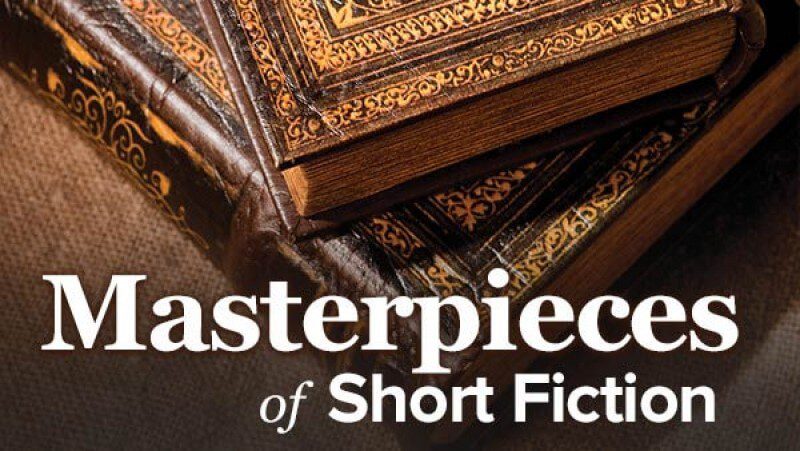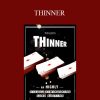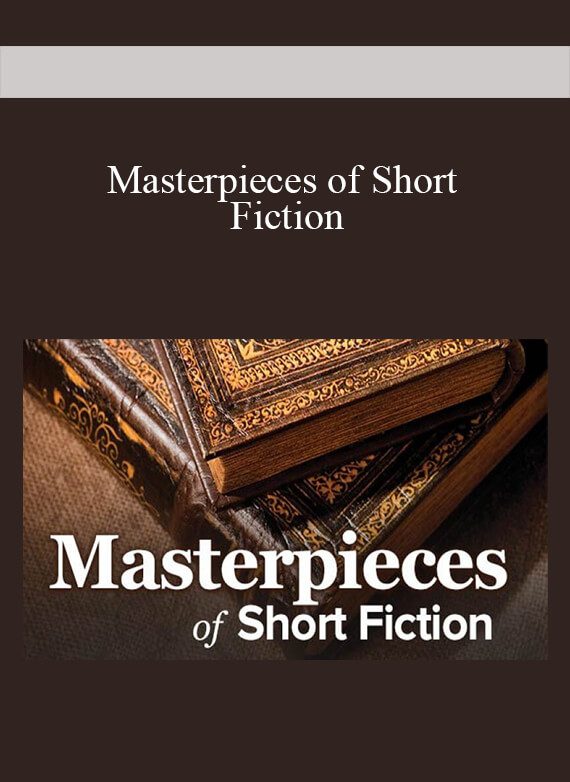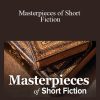Masterpieces of Short Fiction
$129.00 Original price was: $129.00.$36.00Current price is: $36.00.
Masterpieces of Short Fiction
Product Delivery: You will receive a download link via your order email
Should you have any question, do not hesitate to contact us: [email protected]
 Masterpieces of Short Fiction
Masterpieces of Short Fiction
Imagine that, in one sitting, you could enter a world of imagination and witness the triumphs, tragedies, errors, and epiphanies that arise in the lives of ordinary and extraordinary people. Imagine that, in the time it takes to run an errand, you could gain remarkable insights about the true nature of humanity—its dark secrets and its saving graces. Imagine that, in the space of an hour, you could do this instead:
Hide Full Description
Visit a Harlem jazz club and hear the inspired improvisations of gifted bluesmen
Attend a glittering Parisian ball bedecked in borrowed jewels
Confront a dangerous criminal on a lonely backwoods road
Journey back to colonial America and encounter a coven of witches
This enlightening experience awaits you in Masterpieces of Short Fiction, a 24-lecture course that samples two centuries’ worth of great short stories written by some of the acknowledged masters of the genre, including Anton Chekhov, D. H. Lawrence, Flannery O’Connor, Franz Kafka, and Ernest Hemingway.
Dr. Michael Krasny, Professor of English at San Francisco State University and the host of KQED’s award-winning news and public affairs radio program, Forum, guides you deep into 23 renowned works, illuminating the remarkable variety, breathtaking artistry, and profound themes to be found in these miniature masterpieces.
The Art of the Present Moment
Although short stories have been around throughout history in the form of myths, fables, and legends, the short story as a distinct art form arose only during the 19th century, just in time for the busy age we all live in.
More than simply a shorter version of the novel, the short story is a unique and rewarding literary form in itself. Great short fiction offers something you can find nowhere else: a world in miniature faithfully captured by the author’s mastery of character, plot, setting, image, and theme. The time it takes to read a short story may be brief, but its impact lasts much longer.
“Short story writers see by the light of the flash,” says author and Nobel Laureate Nadine Gordimer. “Theirs is the art of the only thing that one can be sure of—the present moment.”
Encounter the Ordinary and the Extraordinary
As Masterpieces of Short Fiction demonstrates, however, that flash can reveal many different kinds of truths. For example, in Edgar Allan Poe’s “The Cask of Amontillado,” an embittered nobleman entombs his rival in a dank crypt, while in Grace Paley’s “An Interest in Life,” a deserted housewife maintains her good humor and hope while trying to raise her children.
Throughout the course, you encounter both of these extremes—the extraordinary and the ordinary moments of life—while you examine the craft of short fiction.
On one end of the spectrum, you see how great authors use the short story to capture the experience of the common man and woman. From Gogol’s 19th-century underdog, the Russian scribe Akaky in “The Overcoat,” to Raymond Carver’s sympathetic portrait of a “plain man” in “Cathedral,” short story writers use their remarkable powers of observation to record and often celebrate the unsung lives of ordinary people.
But you also sample the exotic and unusual as well, whether in Franz Kafka’s satirical tale of an artist who turns starvation into a work of performance art (“A Hunger Artist”) or in Gabriel García Márquez’s Magical Realist allegory about a winged man who falls to Earth in a Latin American village (“A Very Old Man with Enormous Wings”).
Each story, whether drawn from the closely observed details of everyday life or a richly imagined land of fantasy, offers you an exquisite and unique portrait of humanity.
How to Recognize a Masterpiece
How can stories that are so brief have such a strong emotional impact? What makes each of the works in this course a masterpiece? In Masterpieces of Short Fiction, you not only enjoy great literature, but you also develop an appreciation for how these great authors elevate the craft of storytelling into an art form.
Get immediately download Masterpieces of Short Fiction
In each lecture, Professor Krasny, who holds an Award of Excellence from the National Association of Humanities Educators, focuses on a single story written by a master of the genre. Using examples from the stories themselves, he illuminates each author’s virtuosic development of character, plot, setting, imagery, theme, and language. As you progress through the course, you hone your ability to recognize and assess these elements.
You also learn fascinating facts about the author’s lives and the artistic and historical contexts that helped shape these great works:
“Young Goodman Brown” reflects Nathaniel Hawthorne’s stern Puritan upbringing and his guilt about his ancestors’ participation in the Salem witch trials.
Like the main character of “My First Goose,” Isaac Babel was a Jew who nevertheless rode with the notoriously anti-Semitic Cossacks as they undertook violent pogroms in Jewish neighborhoods and villages.
The terse literary style in Ernest Hemingway’s “The Killers” (later dubbed “cablese” because it imitated the conciseness of telegram writing) was developed during the writer’s early stint as a war correspondent.
Shirley Jackson’s depiction of the village in “The Lottery” reflects her own feeling of isolation living as a progressive intellectual in a close-minded New England town.
Traces of James Baldwin’s evangelical background remain in the poetic and biblical language of stories like “Sonny’s Blues.”
Discover the “Literary Form of Our Age”
Since 1970, Professor Krasny has taught courses on a wealth of subjects, including the short story, modern and contemporary American literature, ethnic American literature, transatlantic modern drama, and literary theory. Drawing on his considerable scholarly background, he provides you with an “insider’s view” of the craft of short fiction that is as rare as it is valuable.
Join him on this survey of short fiction’s hallmark works from its origins in the 19th century to its confrontation with the issues of the late 20th century and discover why this specific genre, in the words of Nadine Gordimer, is the “literary form of our age.”
Delivery Method
– After your purchase, you’ll see a View your orders link which goes to the Downloads page. Here, you can download all the files associated with your order.
– Downloads are available once your payment is confirmed, we’ll also send you a download notification email separate from any transaction notification emails you receive from IMC.sale.
– Since it is a digital copy, our suggestion is to download and save it to your hard drive. In case the link is broken for any reason, please contact us and we will resend the new download link.
– If you cannot find the download link, please don’t worry about that. We will update and notify you as soon as possible at 8:00 AM – 8:00 PM (UTC+8).
Thank You For Shopping With Us!





7 reviews for Masterpieces of Short Fiction
There are no reviews yet.